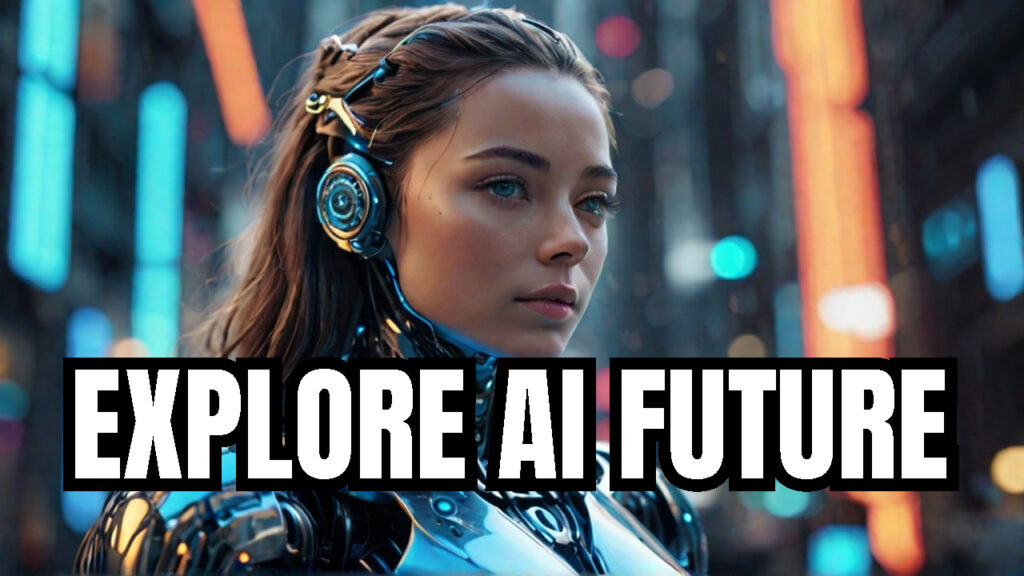The integration of Artificial Intelligence (AI) and robotics into the modern workforce is no longer a futuristic concept—it is a reality shaping the global economy today. From manufacturing lines and customer service centers to healthcare and logistics, AI-powered robots are gradually transforming how work gets done. But this profound shift raises urgent questions: What happens to human workers? Who wins, who loses, and how can societies adapt?
Let’s explore the economic, social, and psychological impacts of AI-driven automation—supported by research, real-world examples, and expert insights.
1. Job Displacement: The Immediate Shockwave
The most direct consequence of AI and robotic automation is job displacement. Repetitive and manual tasks are especially vulnerable. According to a 2020 report by McKinsey Global Institute, up to 800 million jobs could be lost globally by 2030 due to automation, particularly in sectors like manufacturing, retail, and transportation.
🔍 Reference: McKinsey Global Institute (2017). “Jobs lost, jobs gained: Workforce transitions in a time of automation.”
Examples:
- Amazon employs over 750,000 robots in its warehouses to handle sorting, packaging, and inventory.
- Foxconn, Apple’s key supplier, replaced 60,000 workers with robots in a single Chinese factory.
2. Job Transformation: Humans + AI Collaboration
Not all jobs will disappear. Many will be redefined. Instead of replacing humans, AI often augments human capabilities. This results in the creation of new roles that require digital skills, creativity, emotional intelligence, and decision-making.
🔍 Reference: World Economic Forum (2020). “The Future of Jobs Report.”
By 2025, the same WEF report predicts that:
- 85 million jobs may be displaced, but
- 97 million new roles may emerge in fields like data science, AI ethics, cybersecurity, and digital marketing.
Key Insight: The net impact depends on how fast societies can reskill workers to transition into new job roles.
3. The Polarization of the Labor Market
AI automation tends to polarize job markets:
- High-skill, high-wage jobs increase in demand.
- Low-skill, low-wage jobs may survive but face stagnant growth.
- Middle-skill jobs are most at risk (e.g., clerical, routine administrative work).
🔍 Reference: Autor, D. (2015). “Why Are There Still So Many Jobs? The History and Future of Workplace Automation.” Journal of Economic Perspectives.
This can deepen income inequality and lead to social unrest if not managed through policy intervention.
4. Psychological Impact on Human Workers
Job loss or the fear of redundancy can lead to mental health issues such as anxiety, depression, and loss of purpose. A 2022 Gallup study found that one in four workers fears losing their job to AI.
🔍 Reference: Gallup Poll (2022). “Employee Fear of Automation.”
Work is often tied to personal identity and social structure. Without employment, people may struggle to find meaning and community.
5. Economic Productivity vs. Human Redundancy
AI brings undeniable benefits in terms of efficiency, speed, and cost-reduction. For example:
- AI-powered diagnostic tools in healthcare can detect diseases faster than human doctors.
- Autonomous trucks can reduce logistics costs and delivery times.
But if automation leads to mass unemployment, consumer purchasing power diminishes—eventually slowing economic growth.
🔍 Reference: MIT Task Force on the Work of the Future (2019).
This paradox demands a balanced approach, ensuring that automation leads to shared prosperity, not economic exclusion.
6. Ethical and Legal Challenges
When AI systems and robots replace human workers:
- Who is responsible for mistakes or accidents?
- Are companies required to rehire displaced workers?
- Should AI systems pay taxes like humans?
🔍 Reference: Brynjolfsson & McAfee (2014). “The Second Machine Age.”
Laws and labor codes need to evolve. Some economists, like Bill Gates, have even proposed a “robot tax” to compensate for lost human labor income.
7. Policy Responses: How Can We Prepare?
Governments, corporations, and educational institutions must play an active role in cushioning the transition.
Key Strategies:
- Universal Basic Income (UBI): Pilot programs in Finland and California have tested UBI as a way to provide financial stability.
- Reskilling & Upskilling: Investments in education and lifelong learning are essential.
- AI Ethics & Fair Use Regulations: Ensure transparency, accountability, and fairness in AI systems.
🔍 Reference: OECD (2021). “AI and the Future of Skills.”
Conclusion: A Crossroads of Risk and Opportunity
The rise of AI and robotics in the workplace is a double-edged sword. On one side, it brings productivity gains, lower costs, and technological progress. On the other, it risks job losses, inequality, and social disruption if the transition isn’t managed wisely.
The future of work will depend on how we respond today:
- Will we build systems that include and empower people?
- Or will we allow technology to outpace social progress?
References
- McKinsey Global Institute. (2017). Jobs lost, jobs gained: Workforce transitions in a time of automation.
- World Economic Forum. (2020). The Future of Jobs Report.
- Autor, D. (2015). Why Are There Still So Many Jobs? Journal of Economic Perspectives.
- MIT Task Force on the Work of the Future. (2019). The Work of the Future: Building Better Jobs in an Age of Intelligent Machines.
- Gallup. (2022). Employee Fear of Automation.
- Brynjolfsson, E., & McAfee, A. (2014). The Second Machine Age.
- OECD. (2021). AI and the Future of Skills.



Admiring the time and energy you put into your site and in depth information you offer. It’s nice to come across a blog every once in a while that isn’t the same old rehashed material. Fantastic read! I’ve saved your site and I’m adding your RSS feeds to my Google account.
Thankyou for your Feedback. Your Feedback Matters a Lot.